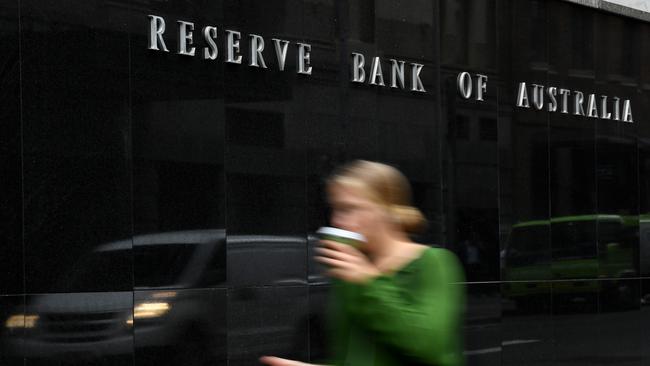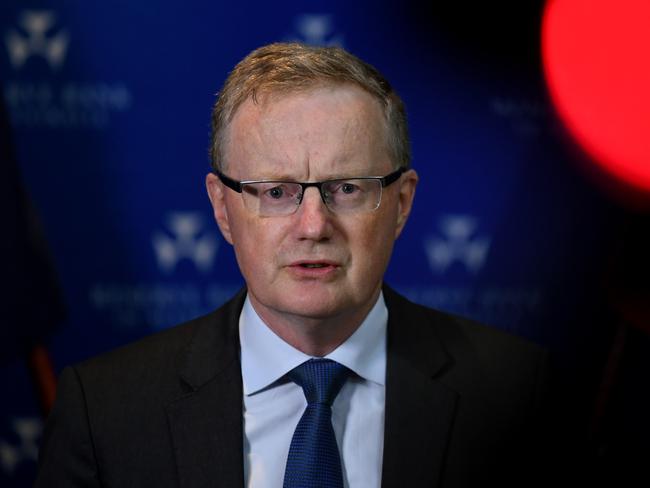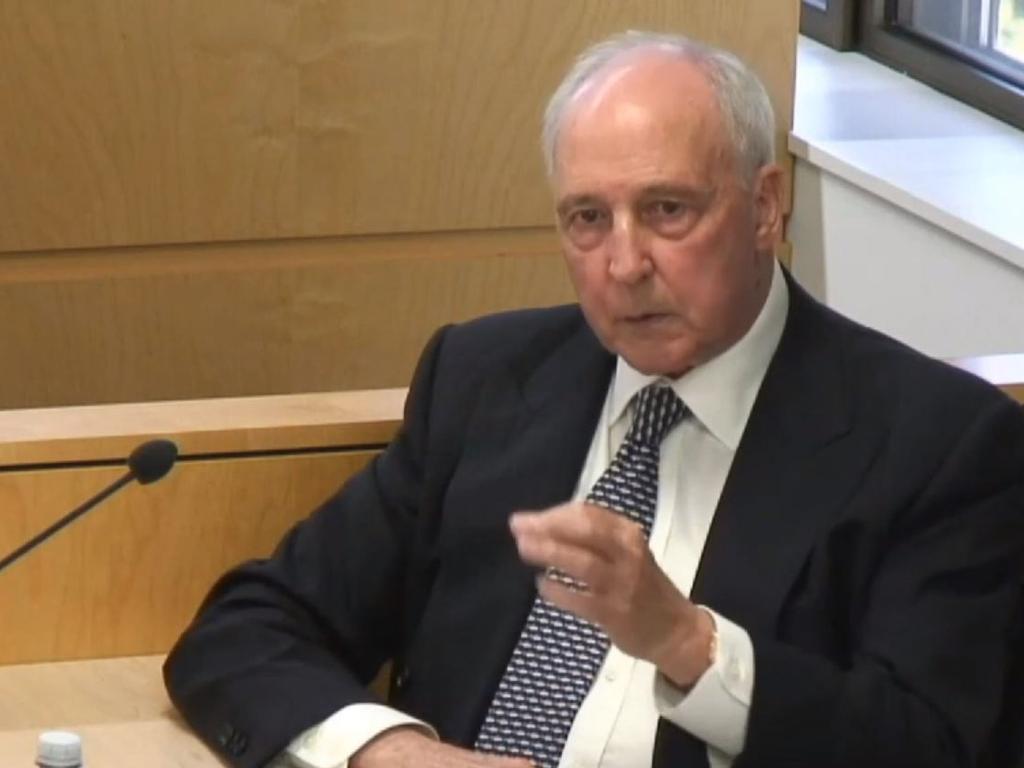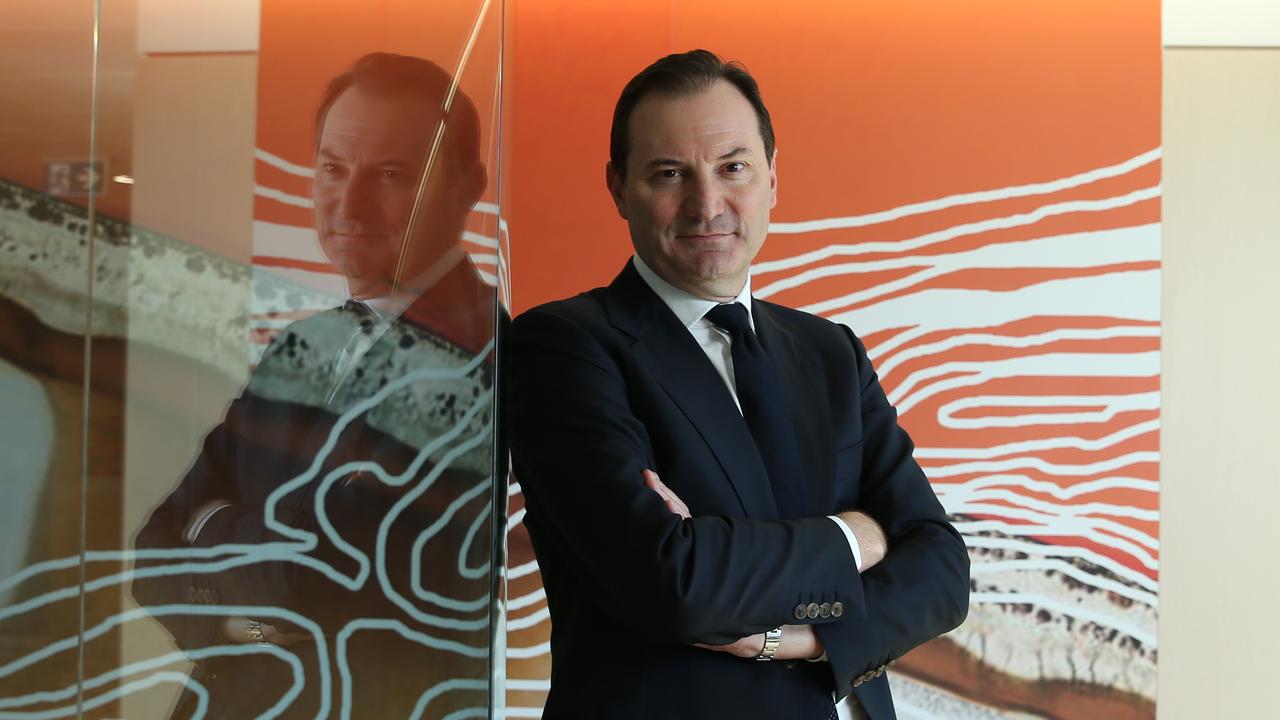The RBA and government must both say they will do whatever it takes

The Reserve Bank is now expected to announce another round of monetary policy easing, either on budget day next week or a month later.
The thinking is that each of the cash rate target, the rate on the term funding facility for banks and the target rate for three-year bonds will be cut from 0.25 per cent to 0.1 per cent, and also that a certain amount of 5-10 year bonds will be bought in a full quantitative easing program.
In other words, “whatever it takes” time may be approaching.
RBA Governor Philip Lowe had previously said that 0.25 per cent was the effective lower bound for interest rates in Australia, but it turns out he was just kidding: 0.1 per cent is the lower bound, really.
Will it make much difference? That depends. The rate cuts will be more bark than bite, since the overnight interbank cash rate is already 0.1 per cent, but buying government debt could make a big difference if it encourages the government to join the RBA in “whatever it takes” land.
That’s because monetary policy is only good for slowing the economy, not speeding it up – fiscal policy is required for that. And fiscal policy needs to move from carefully doling out time-limited income support to doing whatever it takes.
Last week Treasurer Josh Frydenberg said fiscal policy would be recalibrated, but he hasn’t yet shaved off the twirled moustache of balanced budgets and small government, adding: “Let me be clear. The road to a stronger economy and building back our fiscal buffers is not through endless government subsidies.”
Actually Treasurer, it is.
It’s not just about restoring economic growth and helping those hurt by government-imposed lockdowns, although it’s definitely about those things of course. It’s now about preventing a banking crisis.
Everyone keeps saying that the banks are well-capitalised and they’ll be fine, but the percentage of their loan books that are on deferral is close to the percentage that is represented by tier one capital, and in some cases, more.
Here are the big four banks’ housing loan deferrals as a percentage of their housing books, and their common equity tier one (CET1) capital, as a percentage of assets (data from Morgan Stanley and Standard & Poor’s):
* ANZ: home loan deferrals, 12 per cent; CET1 capital, 10.7 per cent;
* Westpac: 7 per cent; 10.8 per cent;
* NAB: 11.6 per cent; 10.4 per cent;
* CBA: 9.9 per cent; 11.7 per cent.

In addition to the $167bn housing loans on deferral, according to Morgan Stanley, there is a total of $56bn in small business loans also on temporary deferral, which is 17 per cent of the total business loan book.
The initial deferral period was six months. Customers are now being contacted to see whether they can resume; if not, they get another four months. Then that’s it – cough up.
Meanwhile the coronavirus supplement was cut from $550 to $250 on Friday and on December 31 it goes to zero. The 747,700 people who were on the dole (JobSeeker) in February would not have had home loans, of course, but that number has now doubled, and possibly a lot of them have a mortgage, no doubt on deferral.
From today the JobKeeper payment will be cut from $1500 to $1200 and eligibility tightened. It goes to $1000 on January 4 and then zero on March 28.
In July Treasury was predicting that 2.1 million will come off JobKeeper as the rate reduces, and of those, 345,000 of them will have to go on JobSeeker.
We’ll find out next week whether those predicted numbers have changed, but it’s clear that over the next few months hundreds of thousands of people will go from having a job in February, to getting $750 a week from JobKeeper in March, to now getting $600 a week, and then soon getting $282 a week from JobSeeker.
That will be a nightmare for those hundreds of thousands of individuals and their families.
Apart from the misery caused by the government’s wildly misplaced concern for its deficit, the contribution of their consumption to the broader economy will collapse, leading to still more job losses.
But the important question for the banking system is: how many of them have a mortgage?
And how many of the roughly 200,000 businesses that are on loan deferrals will be able to start repayments?
The answer to both questions will lie somewhere between none of them and all of them. Will a third of the loans go into default? If so, that would be four times the current total impairment provisions of the banks, and nearly three times last year’s total profits.
In other words, the bank’s profits would disappear and they would all be materially undercapitalised, and far from “unquestionably strong”.
Is the government’s plan to wait and see what happens? If so, they deserve to be sacked: the risks are far greater than those of 1975.
Paul Keating is right that the RBA should be doing more. As he said: “Shoulder the load. And in a super-low inflationary world, that load is funding fiscal policy. Mountainous sums of it.”
But it doesn’t really matter whether the RBA or the banks and super funds buy the bonds; the important thing is that the government is prepared to issue “mountainous sums” of bonds.
Who owns them is immaterial: it will probably end up being the RBA anyway, but it would stiffen the Treasurer’s resolve if he knew the RBA was standing by and prepared to do it.
What’s needed is for both the RBA and the government to now declare, as ECB President Mario Draghi said of the Euro in July 2012, that they will do whatever it takes to save the Australian economy, “and believe me”, said Draghi, “it will be enough”.
Alan Kohler is Editor in Chief of Eureka Report






